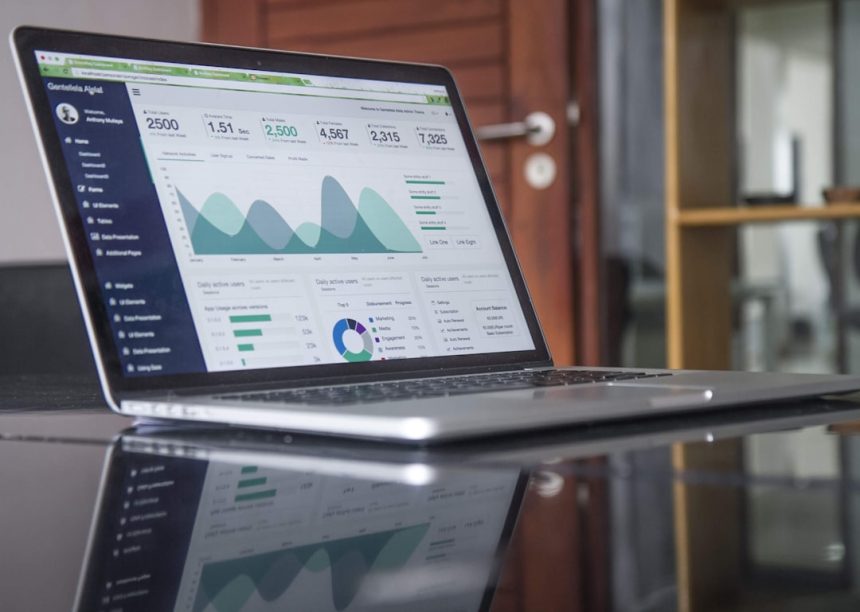In today’s digital landscape, where businesses compete for visibility on every front, standing out locally has never been more crucial. If you’re a small business owner, a marketer, or an entrepreneur aiming to get found by nearby customers, it’s essential to master two key tools: Local SEO and heatmaps. These may sound technical, but understanding them can significantly enhance your online presence and help convert more website visitors into paying customers.
What Is Local SEO?
Local SEO (Search Engine Optimization) is a strategy focused on optimizing your online presence to attract more business from relevant local searches on Google and other search engines. These searches include queries such as “restaurants near me” or “best dentist in Chicago.”
To be successful in local SEO, you need to consider several ranking factors, including:
- Google Business Profile: Formerly known as Google My Business, this is a central tool that helps your business appear in local search results and Google Maps.
- Local Citations: Ensure your business is listed consistently across online directories like Yelp, Yellow Pages, and local chamber of commerce websites.
- Customer Reviews: High ratings and recent reviews can significantly impact your credibility and local search rankings.
- On-Page SEO Elements: Incorporate local keywords into your website’s content, title tags, and meta descriptions.
When done correctly, local SEO allows your business to appear prominently in the “Local Pack” — the set of three business listings shown at the top of Google’s search results.
[ai-img]local business map, google maps, local search[/ai-img]
The Role of Heatmaps in Understanding User Behavior
While local SEO gets potential customers to your website, understanding what they do once they’re there is equally important. That’s where heatmaps come in.
Heatmaps are visual representations of how users interact with a web page. They show where users click, move their cursor, and scroll the most, using color intensity—red and orange indicate high engagement areas, while blue and green show less activity.
Types of Heatmaps
- Click Heatmaps: Show where users click the most on a page, helping identify high and low-performing elements.
- Scroll Heatmaps: Reveal how far down the page users scroll, which is valuable for optimizing content layout.
- Mouse Movement Heatmaps: Track the user’s cursor and give insight into what areas draw attention, even if no clicks are made.
By combining heatmap analytics with local SEO data, businesses can optimize their landing pages to better guide local visitors. For example, if you notice that users from a specific city are not clicking on your contact form, repositioning the form or changing the call-to-action could increase conversions.
[ai-img]heatmap, website analytics, user behavior[/ai-img]
Local SEO and Heatmaps: A Powerful Duo
On their own, heatmaps and local SEO are effective, but when used together, they provide a comprehensive traffic-to-conversion strategy. Here’s a simple workflow:
- Use local SEO to attract more visitors from your desired geographic area.
- Utilize heatmaps to understand where those users are engaging—or not—on your website.
- Refine and Adjust: Make design or content changes based on heatmap data to retain attention and drive specific actions, such as calls, form submissions, or bookings.
For example, say you have a coffee shop in Austin. Local SEO will help you appear in searches like “coffee shop in Austin.” Once users click through to your website, heatmaps can show you that most of them are scrolling halfway down the page but not clicking the “Order Online” button near the bottom. This could suggest moving the button higher or making it more visually appealing.
Best Practices and Tools
To get started, here are some tools and practices you can adopt:
- Use Google Business Profile to manage your local listings.
- Implement local schema markup to help search engines understand your location information.
- Leverage tools like Hotjar or Crazy Egg for in-depth heatmap tracking and session recordings.
- Ensure your website is mobile-optimized, as mobile users dominate local searches.
Final Thoughts
Understanding local SEO and heatmaps is not just about boosting traffic—it’s about improving the experience for your local audience and increasing the likelihood of converting visitors into customers. With the right insights and adjustments, you can climb local search rankings and make your web experience as intuitive and profitable as possible.
Whether you run a bakery, a law firm, or a boutique agency, the combination of local SEO and heatmaps gives you actionable data to stay ahead of the competition while making smarter marketing decisions.











